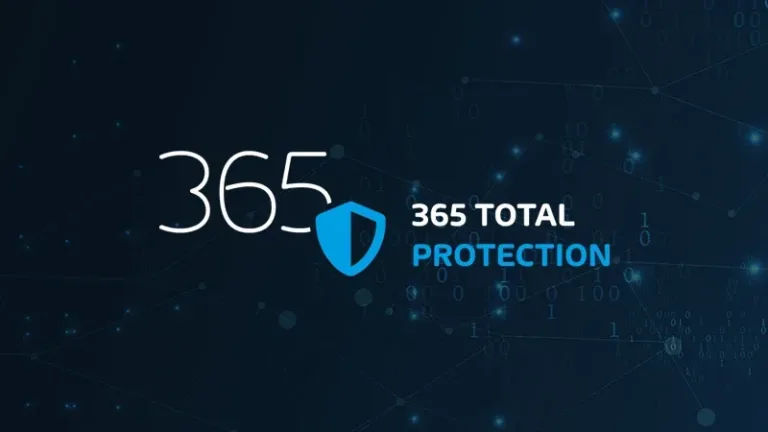

Credential harvesting
Definition & How to prevent it
This article explains credential harvesting. You’ll learn how stolen credentials are used to access sensitive information, the risks it poses to organisations, and effective prevention strategies.
Table of Contents

What is credential harvesting?
Credential harvesting is a specific type of cyberattack targeting login credentials, such as usernames and passwords. Popular tactics include email phishing, malicious websites, or browser extensions. Once the credentials are obtained, cybercriminals then use them to gain access to sensitive information — leaving organisations susceptible to security threats and fraudulent activity.
How to prevent credential harvesting
Phishing requires less technical skill from hackers than other ransomware attack methods — such as exploiting Remote Desk Protocol (RDP) or software vulnerabilities.
In ransomware attacks, phishing emails may contain malicious attachments that download and infect a user’s computer at the time of click. These emails may also impersonate trusted brands to trick users into clicking links that deliver the malicious payload.
Ransomware is an invasive and costly cyberthreat for organisations of all sizes. As phishing emails deploy the most ransomware attacks, organisations need collaborative email security. By layering protection onto native environments and tools, it enables you to support all necessary activities for ransomware prevention, including threat detection, response, investigation, and education.
Learn about HORNETSECURITY’S SERVICES
Interested in Related Topics?
Did you like our contribution to credential harvesting? Then other articles in our knowledge base might interest you as well! We help you learn more about cybersecurity related topics such as Emotet, Trojans, IT Security, Cryptolocker Ransomware, Phishing, GoBD, Cyber Kill Chain and Computer Worms.


